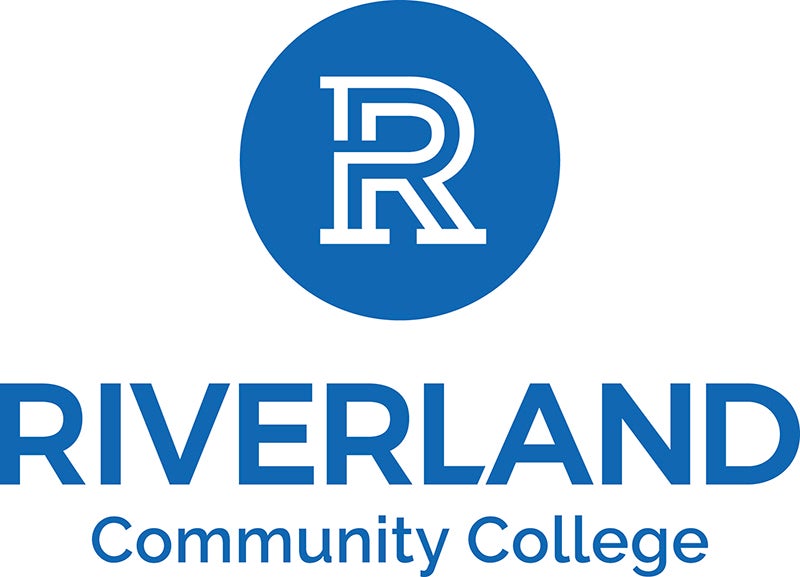Riverland economic contribution estimated at $158.1M
Published 3:26 pm Wednesday, January 25, 2023
|
Getting your Trinity Audio player ready...
|
Minnesota State, the system of 26 state colleges and seven state universities, released today the results of a study that estimates the impact of Riverland Community College’s three campuses on the regional economy to be $158.1 million and 1,210 jobs.
“At Riverland Community college our top priority is the success of our students by offering the best opportunity for every enrolled student to attain academic and career goals in an ever-changing world,” said Riverland President Adenuga Atewologun. This helps the college to play a vital role in both the state and the regional economies. Our operations and the economic activity generated by our faculty, staff, and students touch virtually every corner of our regional economy including education, hospitality, child day care services, and retail.”
The study was commissioned by Minnesota State and was conducted by Parker Philips, a nationally recognized consulting firm specializing in economic impact analysis.
“An economic contribution analysis is an objective way to measure the significance of an organization in the regional economy; it is a useful tool that policymakers can use to inform their decisions,” said Nichole Parker, president of Parker Philips. “The numbers speak for themselves — Riverland clearly is an important contributor to the regional economy.”
In the analysis, the study considered the direct spending on operations, pay, benefits, and capital projects by Riverland and the estimated increase in demand for goods and services in industry sectors that supply or support the college. The study also measured the effect of student spending and the induced effect of increased household income.
According to the study, a key result of this activity is that Riverland supports and sustains 1,210 jobs including direct employment by the college as well as indirect and induced jobs created by supply and equipment vendors, contractors, and laborers for the construction and renovation of facilities, and jobs created in the community at hotels, restaurants, and retail stores in support of Riverland’s faculty, staff, students, and visitors.
The study also calculated tax revenues generated by this level of economic activity, including sales, property, personal income, and corporate income taxes. The study concluded that Riverland generates about $12.8 million in tax revenues for state and local government.
The study further estimated the value of the increase in productivity that the degrees awarded by Riverland yield throughout the careers of the graduates. Assuming a 40-year work life, the education received by these graduates will yield additional state income of $1.9 billion (future value, discounted and adjusted to account for such factors as foregone income while attending school and outmigration).
“Riverland makes a long-term contribution to the regional economy with every graduating class because higher education and the career opportunities it provides will last for the worker’s entire career,” said Janelle Koepke, Riverland dean of institutional advancement.
Statewide, all Minnesota State operations, including all seven state universities and 26 community and technical colleges, plus the spending of its faculty, staff, and students, had a total statewide economic contribution of $8.4 billion. This activity generated an estimated 62,125 jobs in the state.
The economic contribution report for Riverland is available at minnstate.edu/impact.
Riverland Community College, a member of the Minnesota State system, is a community college that strives to transform lives through excellence in service, education, and career training. Approximately 4,500 students are served annually through a wide range of credit-based educational opportunities. Of those 55 percent are First Generation students and 26 percent are students of color. With campuses located in Albert Lea, Austin and Owatonna, Minnesota, Riverland may be found on the Internet at www.riverland.edu.
Minnesota State includes 26 community and technical colleges and seven state universities serving approximately 300,000 students. It is the fourth-largest system of two-year colleges and four-year universities in the United States.






